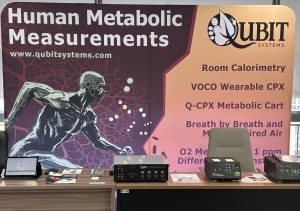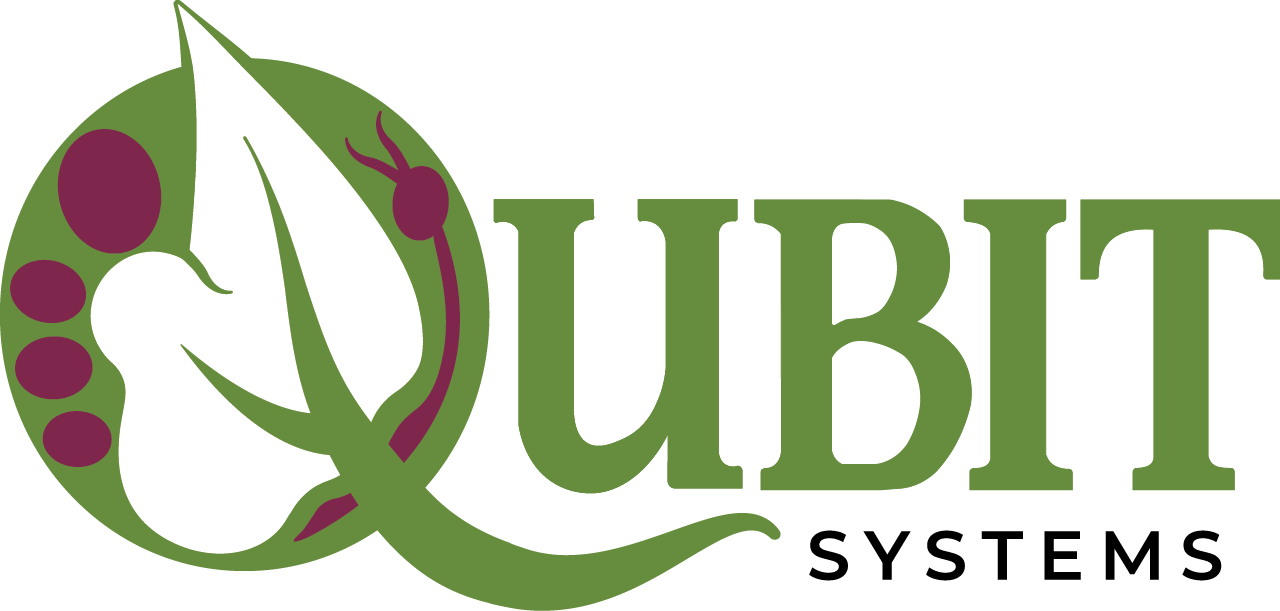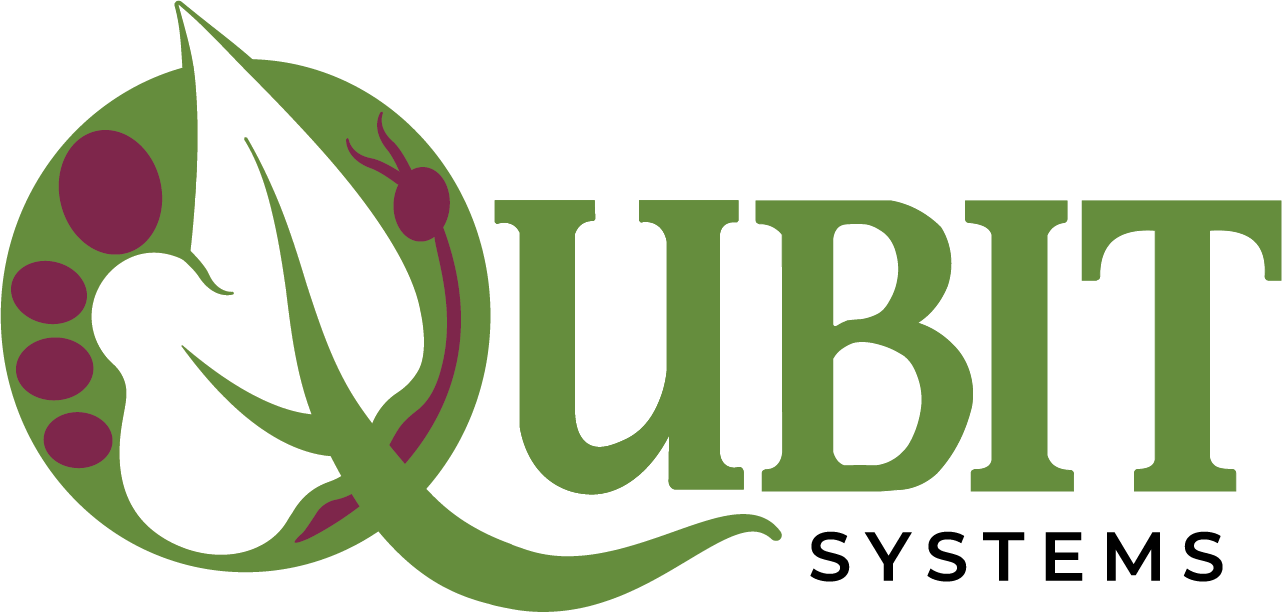When a conference includes the words “Recent Advances and Controversies” in its title, it is hard not to be intrigued. For Qubit Systems, curiosity and innovation go hand in hand, which is why attending RACMEM 2025, the Recent Advances and Controversies in Measuring Energy Metabolism conference, was a must.
Held at the Shenzhen Institute for Advanced Technology (SIAT) in China, RACMEM brought together international researchers and companies studying human energy expenditure in different environments and during a wide range of activities. It was the perfect opportunity to learn, share Qubit technology, and take part in the ongoing scientific conversations about metabolism measurement.

Why We Attended RACMEM
At Qubit Systems, we have always been passionate about helping researchers explore the boundaries of human and animal physiology. Our work ranges from designing whole-room metabolic chambers that track energy expenditure over hours or days, to building wearable monitoring systems that measure oxygen consumption and carbon dioxide production during real-world activity.
Our collaboration with SIAT involves the development of next-generation human metabolic chambers. These sealed rooms allow researchers to measure energy use continuously while a person sleeps, eats, exercises, and goes about daily living. Such chambers are essential for studying everything from the effects of drugs like Ozempic on metabolic rate to the physiological challenges of space travel or extreme sports.
To support this research, we introduced the Qubit S104-DOX Differential O₂ Analyzer. It is the most sensitive analyzer of its kind and allows faster and more precise measurements of oxygen consumption. The improvement in sensitivity increases the time resolution of metabolic chamber data by more than twenty-fold. This level of performance represents a major advancement in metabolic research.
On the other end of the spectrum, we showcased VOCO, our wearable cardiopulmonary testing system. VOCO measures oxygen and carbon dioxide exchange during real-life activity. Unlike most hospital metabolic carts that are used with stationary ergometers, VOCO can be used outdoors and during virtually any activity, allowing measurement in real-world conditions instead of within a fixed lab environment.
Our booth, and a seminar presented by Dr. Harry Knot, Qubit’s representative for Southeast Asia, were met with enthusiasm from delegates. It is always rewarding to see the excitement our technology brings to those who use it.
Insights and Takeaways
One of the most enjoyable parts of RACMEM was learning more about the diverse range of research activities in which measuring energy expenditure is essential. Presentations covered energy use during pregnancy and lactation, the comparative effects of drugs, exercise, and dieting on weight loss, and even metabolic dynamics during space missions.
These discussions made something very clear. Qubit Systems is a world leader in this field. Our technology stood out for its precision, accuracy, features, and price. It was gratifying to see how competitive we are based on the positive comments we received about our technology from global experts.
Our Technology in Action
Measuring energy expenditure in large metabolic chambers is no small task. Some chambers can be as large as 20,000 liters. Air must flow through the chamber at a measured rate, and tiny differences in oxygen concentration between the inlet and outlet must be detected.
Most chambers require slow airflow to make differential oxygen measurements possible, but slow flow also creates a frustrating time lag between the subject’s activity and the measured change in oxygen concentration.
The Qubit S104-DOX Analyzer solves this problem. Its exceptional sensitivity allows much faster airflow without losing precision, resulting in far better time resolution.
Dinner, Drones, and Other Adventures
Not every highlight from RACMEM involved science. Qubit Systems was pleased to sponsor a conference banquet at Laurel Restaurant in Shenzhen where eighteen dishes were served throughout the evening. Western diners were surprised to see soup and salad served last, and to find no rice of any kind on the table. When fried rice was mentioned, the staff reacted with polite shock and explained that such a dish is served only as leftovers, never in their restaurant.
Chinese wine has also improved since Great Wall Chardonnay and Cabernet Sauvignon were the only local options. Such vintages should have included a warning label advising against oral consumption.
Shenzhen itself truly earns its title as China’s “City of Technology.” If you want a pizza in a hurry, you can order one on your phone and pick it up at a drone station. Food is remarkably affordable, with a feast and beers costing the equivalent of forty Canadian dollars. However, the same forty dollars would buy only four coffees and pastries at a Shenzhen Starbucks.
Even the public signage offered entertainment. At the entrance to one park, visitors were asked to avoid square dancing, excessive drinking, unnecessary lying down, bare shoulders, drying clothes, and releasing fire-bearing sky lanterns. Observing these polite guidelines was described as “the icing on the cake for the Dasha River Promenade.”
Gratitude and Acknowledgments
Qubit Systems extends sincere thanks to:
Special thanks to Dr. Harry Knot for representing Qubit Systems and sharing our latest technology with the RACMEM community.

